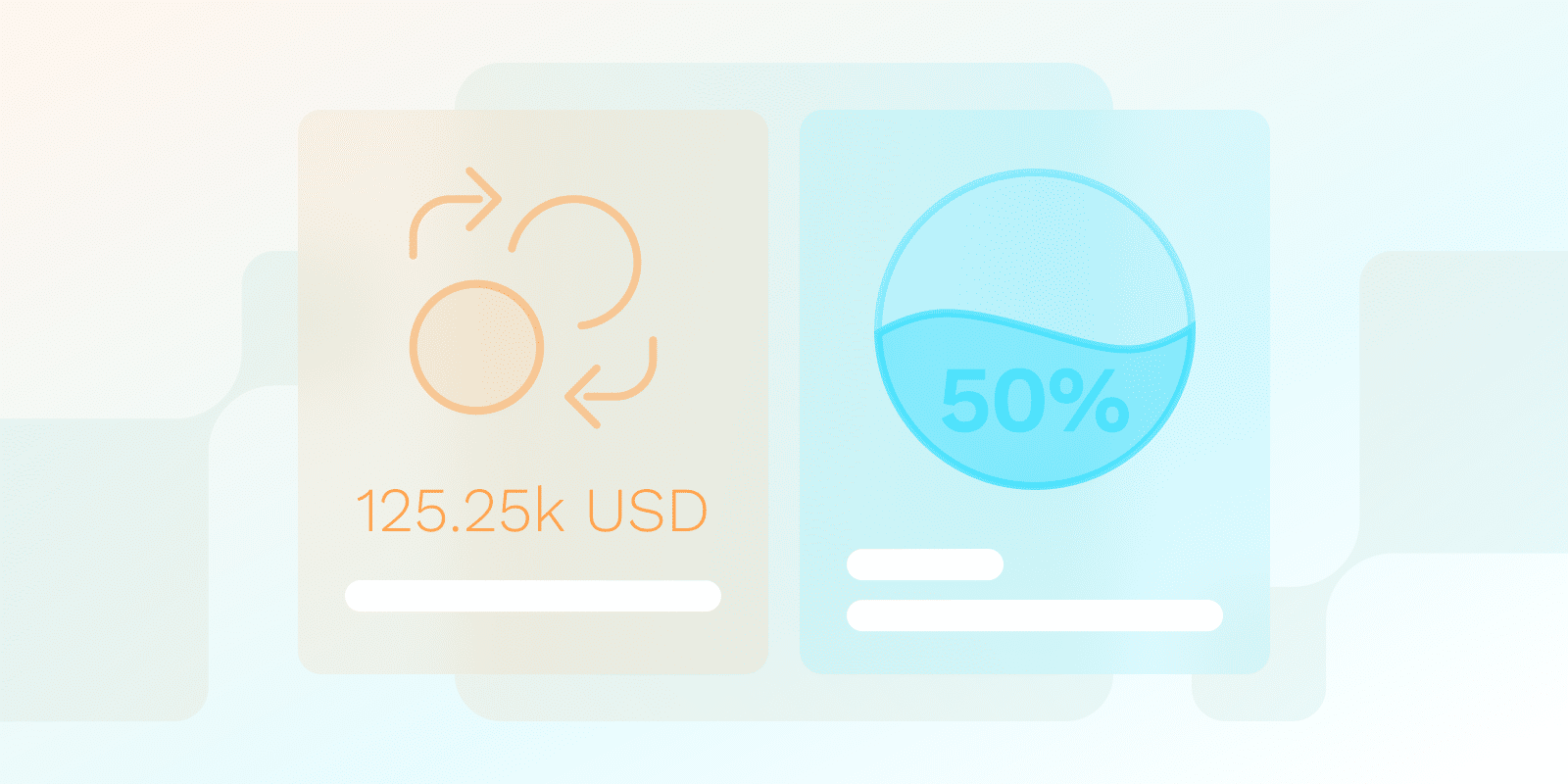Financial Management
What is SaaS Investor Reporting?

What is SaaS Investor Reporting?
Investors are the major source of finance for developing and selling software-as-a-service (SaaS) products. But how do product developers find and retain funding from investors?
Investor reporting in SaaS refers to collecting, analyzing, and visualizing key operational metrics for potential investors. With this tool, you’re able to understand where your business is most profitable and where it has the potential to grow.
Investors need these data points so they can assess how well your SaaS will perform, how much investment is needed, and what returns to expect.
Key business metrics to be dictated in a SaaS investor report:
- Core financial metrics
-
- Monthly Recurring Revenue (MRR)
- Annual Recurring Revenue (ARR)
- Customer Acquisition Cost (CAC)
- Churn Rate
- Customer Lifetime Value (CLV)
- Other important data points:
- Customer growth and retention
- Product usage and engagement metrics
- Market trends and competitive analysis
- Future projections and roadmap
What are the Most Important KPIs for SaaS companies?
All these metrics are important, but some may be more vital for SaaS investors. By design, these include:
- MRR & ARR: These metrics track expected revenue (recurring), which is the heartbeat of every SaaS business.
- Churn Rate: Shows customer retention rates, which directly affected generated revenue.
- CAC: Measuring product’s ability to acquire new customers all year round.
- CLV vs. CAC: Ratio showing the profitability of customer relationships over time.
Why is SaaS Attractive to Investors?
Software-as-a-service is a popular niche for investors compared to other products due to its:
- Recurring Revenue Model: Predictable income streams that reduce investment risk by enabling returns on investment (ROI).
- Scalability: SaaS businesses can develop in time without requiring additional resources or SaaS infrastructure.
- Profit Margins: SaaS solutions have lower operating expenses than those in other businesses.
What is a Good Profit Margin for a SaaS Company?
Whether your SaaS is profitable or not can be determined with the “Rule of 40”. A good profit margin for SaaS means that the combined growth rate and profit exceeds 40%. More established SaaS companies target higher margins.
What is the Difference Between SaaS and Cloud?
SaaS and cloud cannot be used interchangeably. While SaaS types are a kind of cloud computing, it is a model where the provider hosts and manages the entire software so users access it via subscription.
On the other hand, cloud computing serves all kinds of IT services, including servers, storage, and software, over the Internet. Operating a SaaS means you’re offering a cloud service.
| Characteristic | SaaS (Software as a Service) | Cloud Computing |
|---|---|---|
| Core Definition | ||
| Primary Purpose | Deliver software applications via subscription | Provide various IT services over the internet |
| Service Model | Software hosted and managed by provider | Encompasses servers, storage, software, and more |
| Access & Delivery | ||
| User Access | Subscription-based access to specific software | Flexible access to various IT resources |
| Infrastructure | Provider manages software infrastructure | Provides infrastructure for multiple service types |
| Relationship | ||
| Relationship to Cloud | A specific type of cloud service | Broader category encompassing SaaS |
| Examples | Salesforce, Slack, Adobe Creative Cloud | AWS, Google Cloud, Microsoft Azure |
What are Some Examples of Top SaaS Companies?
Some lucrative companies in the SaaS space include:
- Adobe Creative Cloud: Suite of design and document creation tools.
- Salesforce: Customer relationship management (CRM) software.
- Shopify: E-commerce site for hosting businesses of all sizes.
- Slack: Platform for team collaboration.
- Zoom: Suite of video conferencing and collaboration tools.
Conclusion
Investor reporting is the process where SaaS companies demonstrate transaparency to potential investors. Through forecasting and settlement of key financials, founders can use this data-driven strategy to build long–term relationships and establish adequate growth conditions.